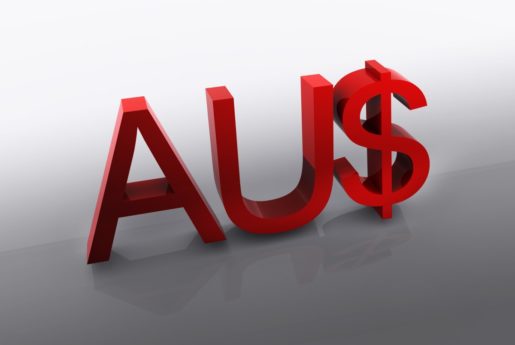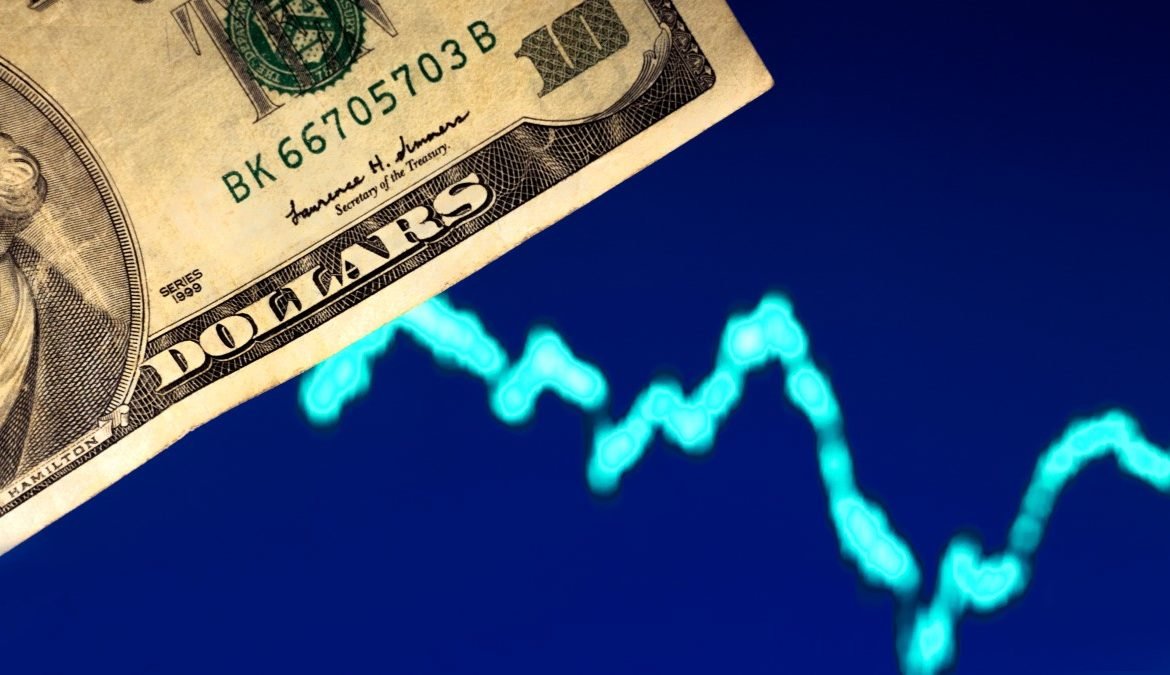On Tuesday, the Australian dollar fell nearly half of a percent. The central bank opened the door to another cut in interest rates for as early as February. The pound fell after the reports that Johnson was seeking a hard line on Britain’s transition after the Brexit.
The December policy meeting showed the central bank’s board is concerned that wage growth is too weak to revive the Australian economy. Exactly after it, the Australian dollar lost 0.4% to $0.6868.
The interim trade deal between China and the United States struck last week. It capped the yen and Swiss franc and fueled gains in an emerging market. The downside is limited; however, investors are cautiously optimistic over the trade talks.
There were more than two-and-a-half years of volatile negotiations between Beijing and Washington. The deal announced it would reduce U.S. tariffs imposed on Chinese goods in exchange for increased Chinese purchases of some United States goods.
Australian Dollar

Head of G10 FX strategy at Credit Agricole, Valentin Marinov said that the Aussie is weaker “on the back of the back of the mode dovish.” It is more vulnerable than expected RBA minutes.
Market expectations of the phase one US-China trade deal could limit the currency’s downside in the near term added Valentin Marinov.
The reports said that Johnson’s revised Withdrawal Agreement Bill would require the United Kingdom to arrange to leave the European Union in place next year by Dec. 31. So, in early London trading, the pound became the other big loser.
In early Asian trading, the British currency fell against the Dollar 0.7% to $1.3236. It was hovering slightly above that level at $1.3253. After Friday’s post-election high hit of above $1.3516, it is nearly down 2%.
By the drop of the pound and the Australian dollar, the greenback boosts. It is the situation for now, and let’s see what happens in 2020.
















